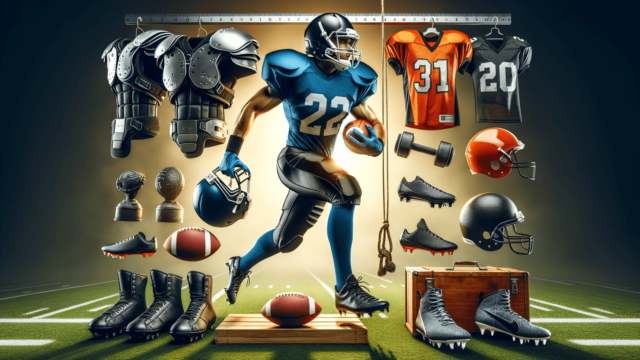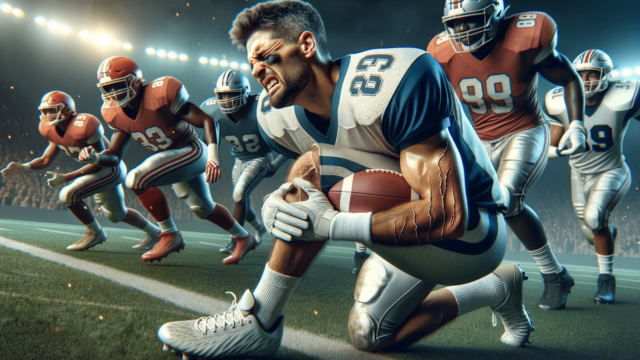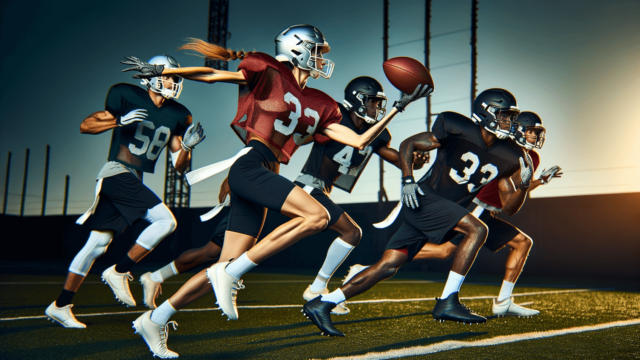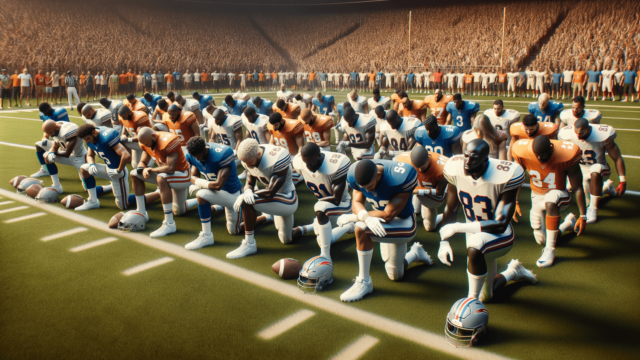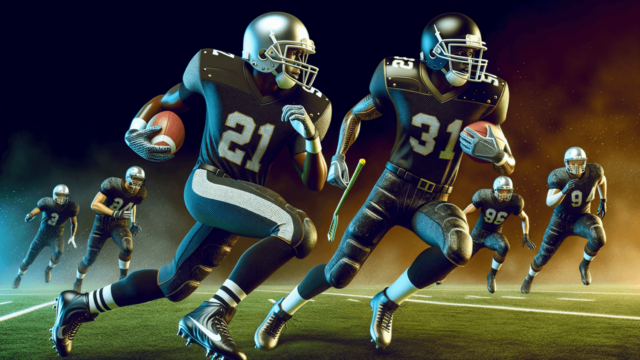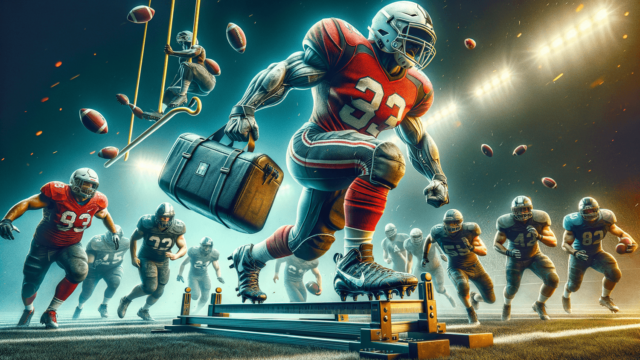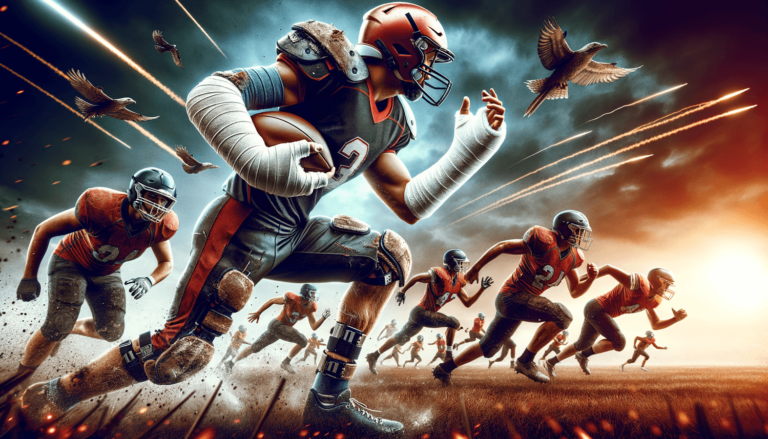
While playing football with a broken hand is not advisable due to the risk of worsening the injury, a player may be able to participate with proper protection, such as a cast or splint, and clearance from a medical professional. However, individual circumstances and league rules should be considered before deciding to play.
Assessing the Severity of the Injury
If you’ve broken your hand, the first step is to consult a medical professional to determine the severity of the injury and the best course of action for healing. Playing with a broken hand could result in further damage, prolonging the recovery time and increasing the risk of complications.
Seeking Medical Clearance
Before considering playing football with a broken hand, it’s crucial to get clearance from a healthcare professional. They can evaluate your injury and provide guidance on whether you can play or if you need more time to recover.
Proper Protection for Your Hand
If your doctor clears you to play football, proper protection, such as a cast or splint, should be used to minimize the risk of re-injury or worsening the damage. Ensure that any protection used is comfortable and allows for adequate mobility.
Understanding League Rules and Regulations
Before returning to play, you should also check the rules and regulations of your football league. Some leagues may have specific guidelines for playing with a cast or splint, or may restrict a player from participating with a broken hand altogether.
Adjusting Your Playing Style
If you’ve gained clearance from a medical professional and abide by league rules, you will still need to adjust your playing style to accommodate for the broken hand. For example, avoid using the injured hand to block or tackle, and be mindful of your hand’s positioning during gameplay.
Potential Challenges on the Field
When playing football with a broken hand, you may face certain challenges with hand-eye coordination, grip strength, and overall dexterity. Be prepared for reduced effectiveness on the field and potential difficulties catching or passing the ball, depending on your position. It’s crucial to be patient and focus on adapting your playing style to accommodate for these limitations.
Managing Pain and Discomfort
Even with the appropriate precautions and protective gear, pain and discomfort due to the injury might still be present during the game. If you experience significant pain, stop and reassess your ability to continue to play. Communicate your situation with your coach or teammates, and be aware of your body’s limitations.
Rehabilitation Exercises
While you may be able to return to the field with a broken hand, it’s essential to concurrently work on the rehabilitation process to ensure a proper recovery. Consult with your healthcare professional or a physical therapist for a tailored rehabilitation plan, including strengthening exercises, range of motion exercises, and appropriate rest periods.
Preventing Future Injury
Preventative measures can help reduce the risk of future hand injuries in football. Consider incorporating hand and wrist strengthening exercises into your regular training routine and wear appropriate protective gear, such as padded gloves, during games and practices. Additionally, practice good technique when tackling, blocking, or engaging in contact to minimize the chances of injury.
Frequently Asked Questions
After reading about playing football with a broken hand, you may still have some questions regarding this topic. In this section, we address some common questions and provide concise, direct answers to clarify any remaining concerns.
How long does it typically take for a broken hand to heal?
The healing time for a broken hand can vary depending on the severity of the injury and the individual’s overall health. In general, it takes about four to six weeks for most fractures to heal. However, it’s important to consult with a healthcare professional for personalized recovery timelines.
Can playing with a broken hand lead to long-term complications?
Playing with a broken hand can potentially result in long-term complications if the injury is not managed properly or ignored entirely. Re-injury, chronic pain, or improper healing could lead to a decrease in overall hand function in the long run. Always consult with a medical professional and follow their guidance on when it’s safe to return to play.
What type of protective gear is best for a broken hand?
The most suitable protective gear for a broken hand will depend on the specific injury, and a medical professional can recommend the best option. In general, a cast or splint that immobilizes the injured bones and allows for a comfortable fit is the preferred choice. Be sure to discuss any additional padding or protection with your healthcare provider for customized recommendations.
Will my performance on the field be affected by my broken hand?
It’s likely that your performance will be affected by your broken hand, especially when it comes to tasks requiring dexterity and grip strength. Adapt your playing style to minimize the impact on your performance and keep in mind that your abilities on the field might be temporarily limited due to the injury.
What precautions can be taken to avoid future hand injuries in football?
There are several preventative measures you can take to reduce the risk of future hand injuries, including incorporating hand and wrist strengthening exercises into your training routine, wearing appropriate protective gear (e.g., padded gloves), and practicing good technique when engaging in contact or tackling.
Featured Posts
- No pillar pages found.
